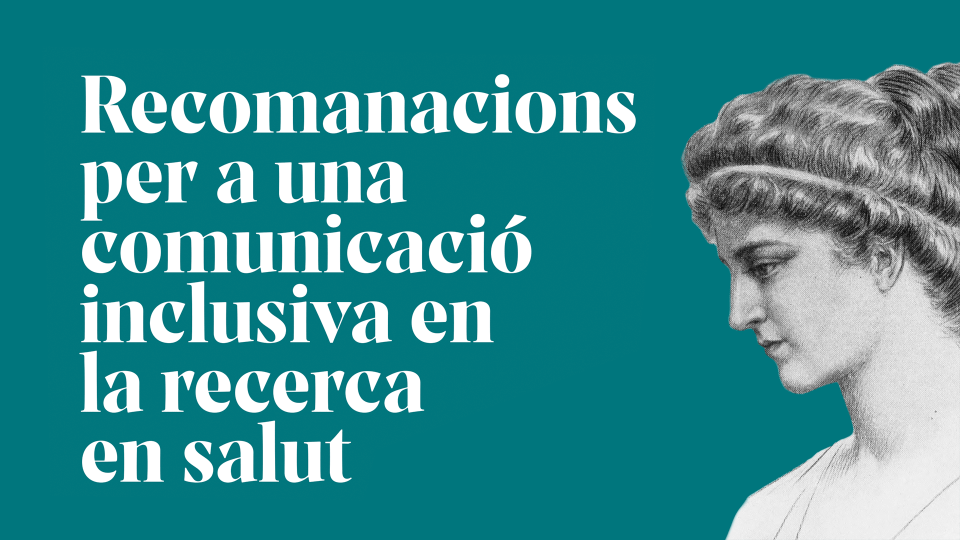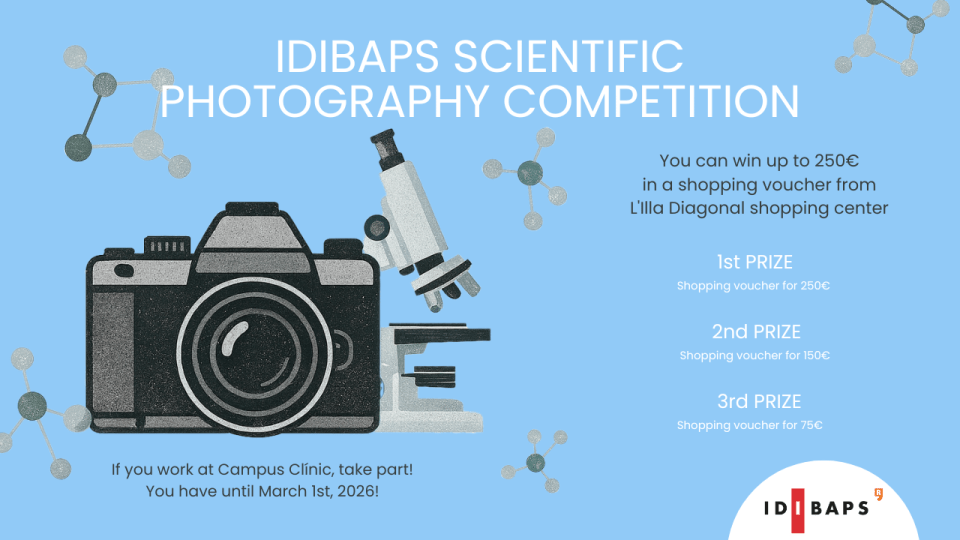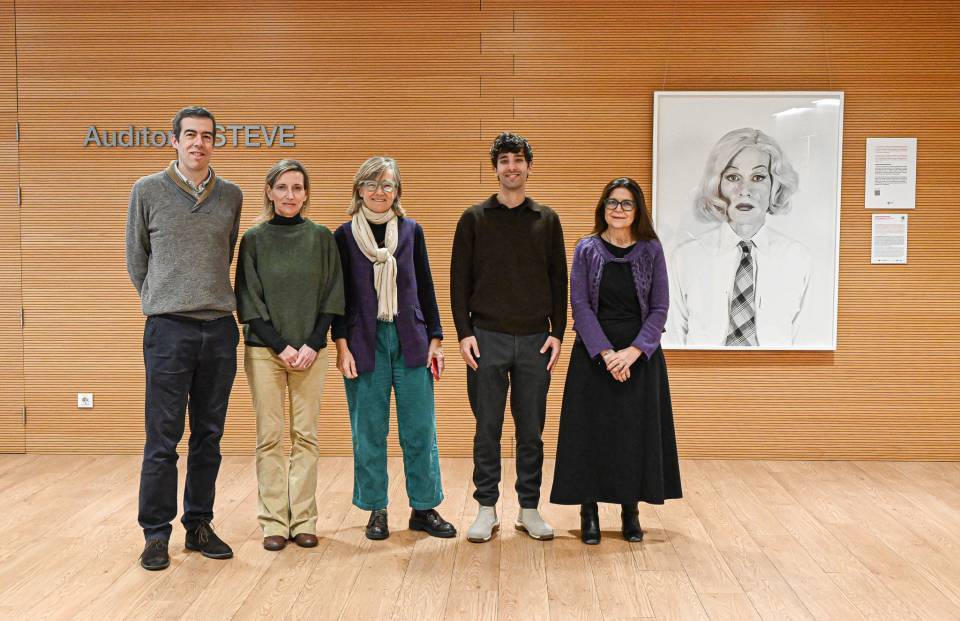The practical and cross-cutting recommendations provide tools and examples to foster respectful, inclusive and non-discriminatory language and communication, both in written and oral communication and in audiovisual communication. The recommendations cover aspects such as:
- The use of neutral and inclusive language, avoiding stereotypes and giving visibility to gender, cultural and functional diversity.
- The promotion of generic and double forms to refer to groups and the use of words without a gender marker.
- The adaptation of phrases and expressions to make them more inclusive and the use of egalitarian forms of address for women and men.
- A person-centred approach when speaking about disabilities, health problems or cultural diversity, avoiding labels and generalisations.
- The representation of diversity in images and videos, balancing the presence of women and men, and showing groups that are often otherwise invisible without perpetuating stereotypes.
- The use of neutral icons, emojis and colours in graphic and audiovisual materials and the promotion of linguistic diversity.
With this endorsement, IDIBAPS reaffirms its commitment to more open, diverse and respectful research, and positions itself as a benchmark in promoting communication that reflects the real diversity of society and the scientific world. Coordinated by Hipàtia and AQuAS, the full document is available to all research and support staff and becomes a key tool for moving towards more inclusive and transformative health research. You can read it at this link:




